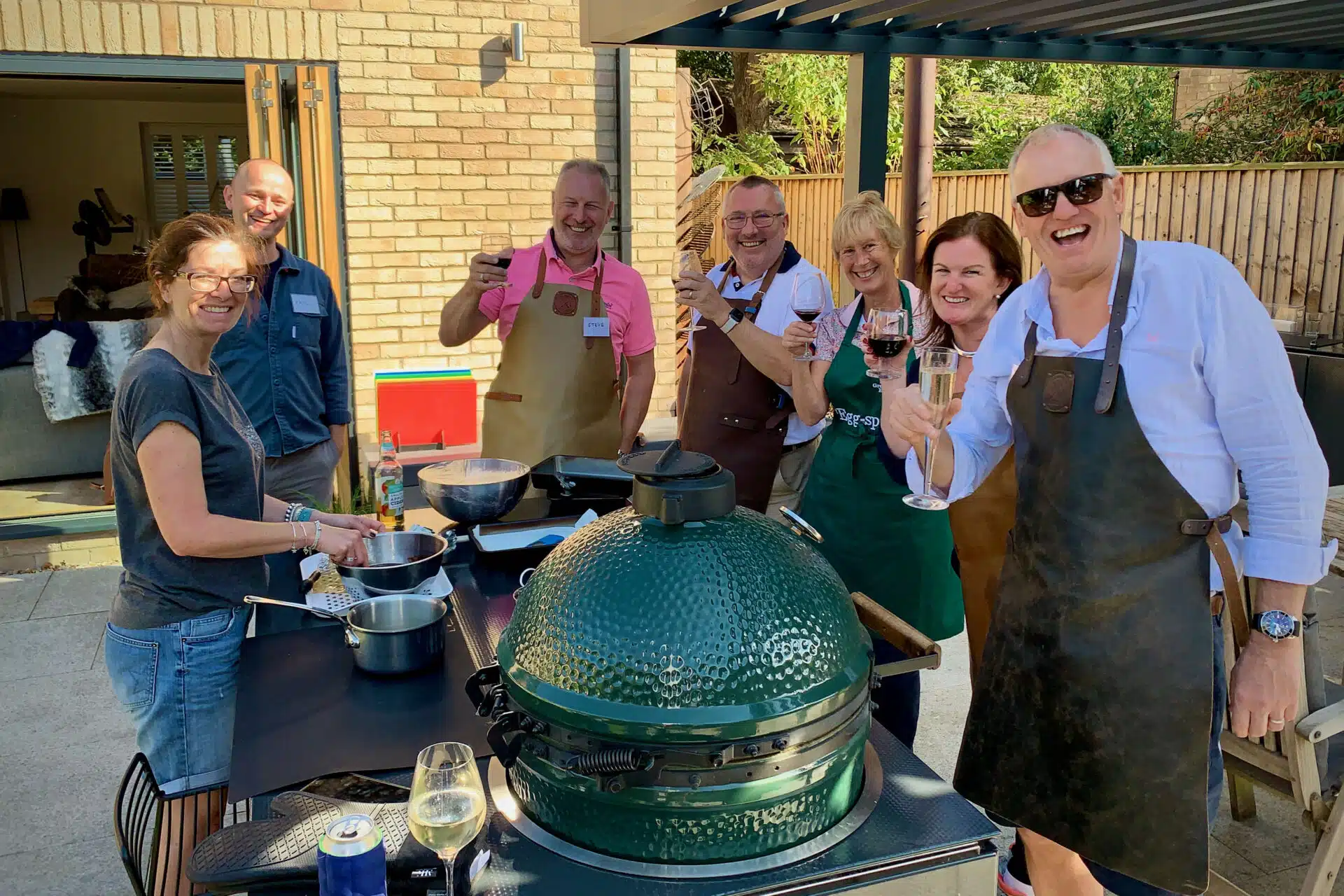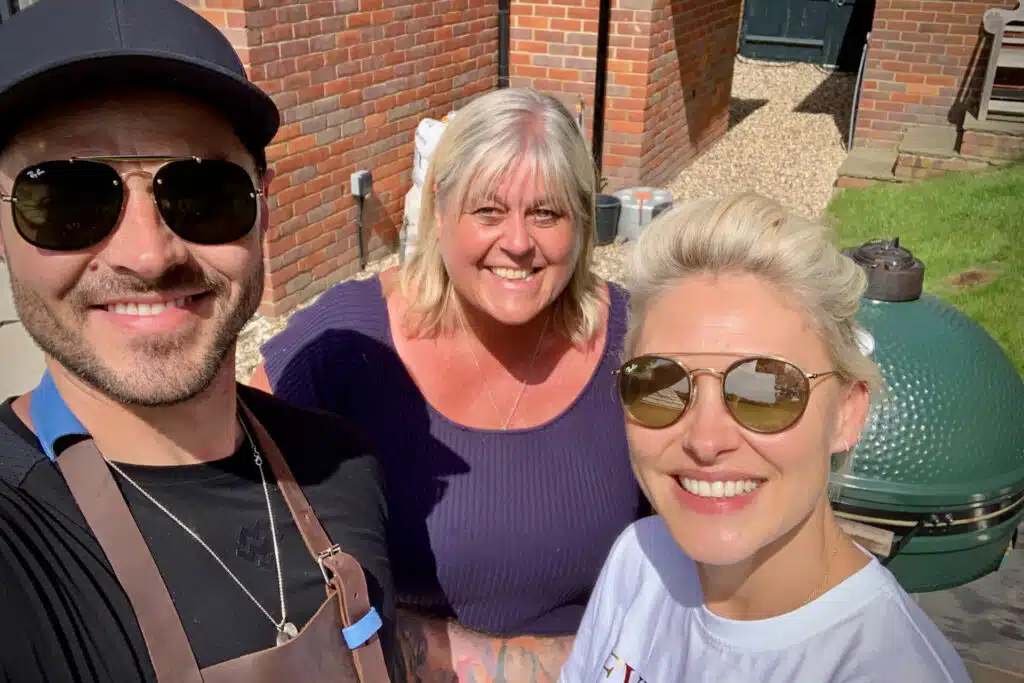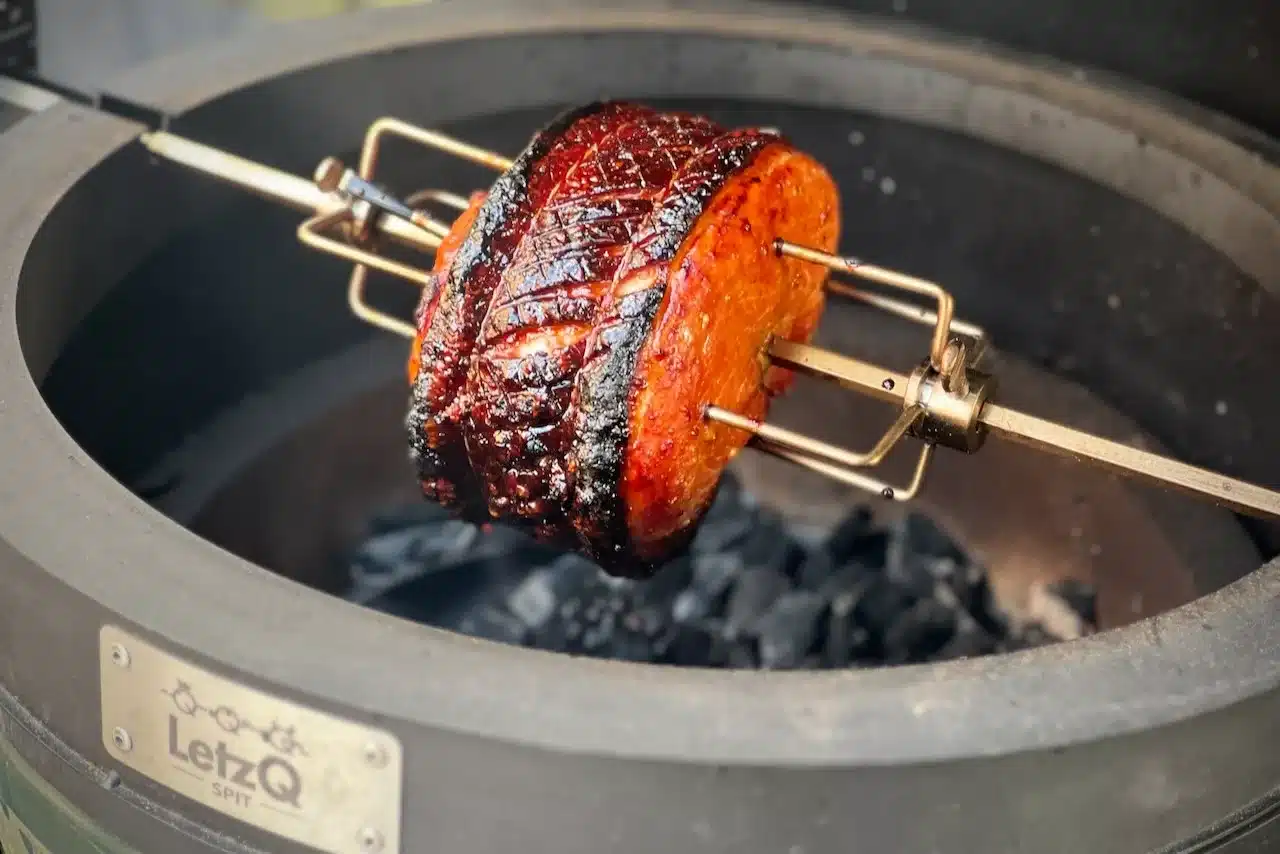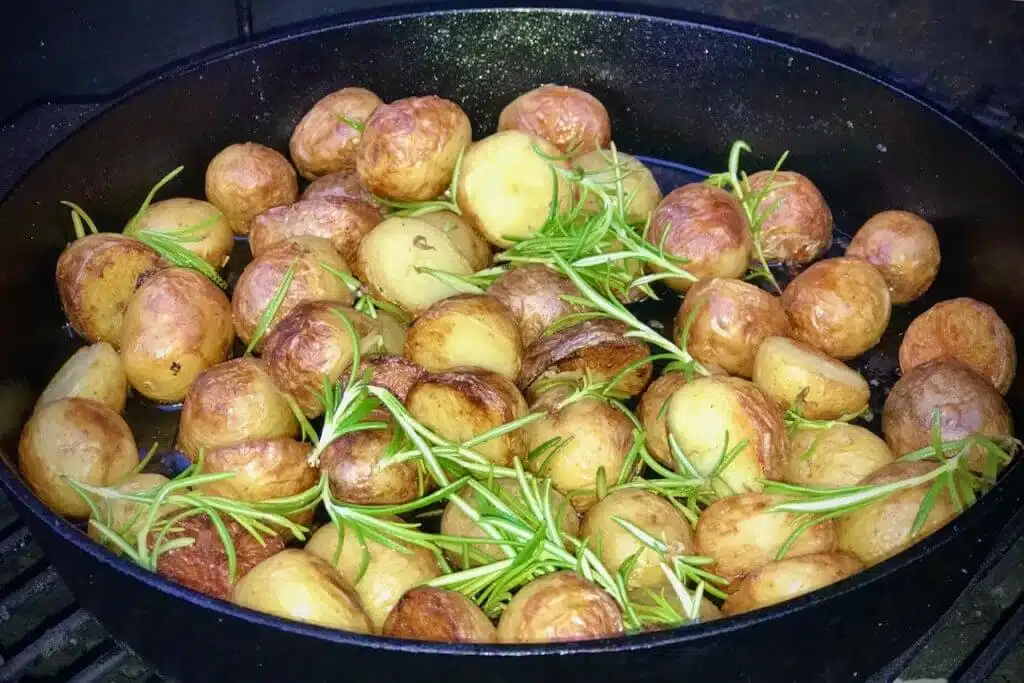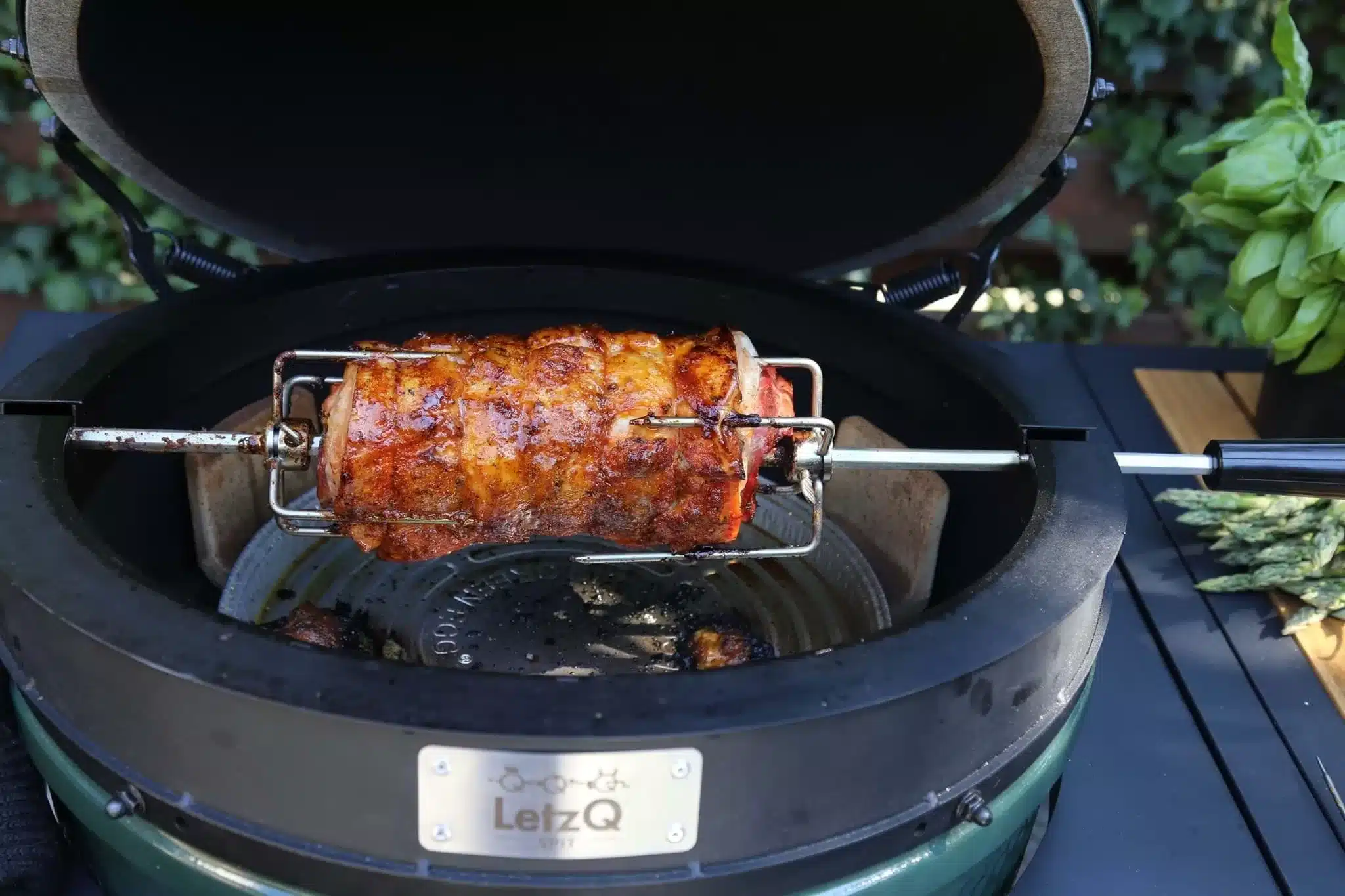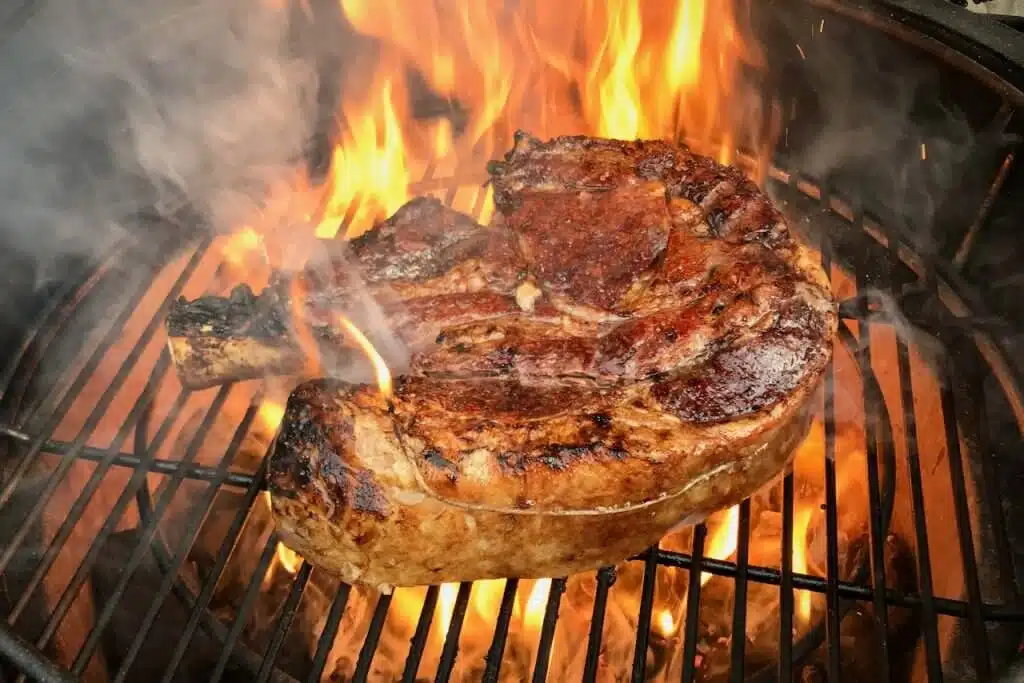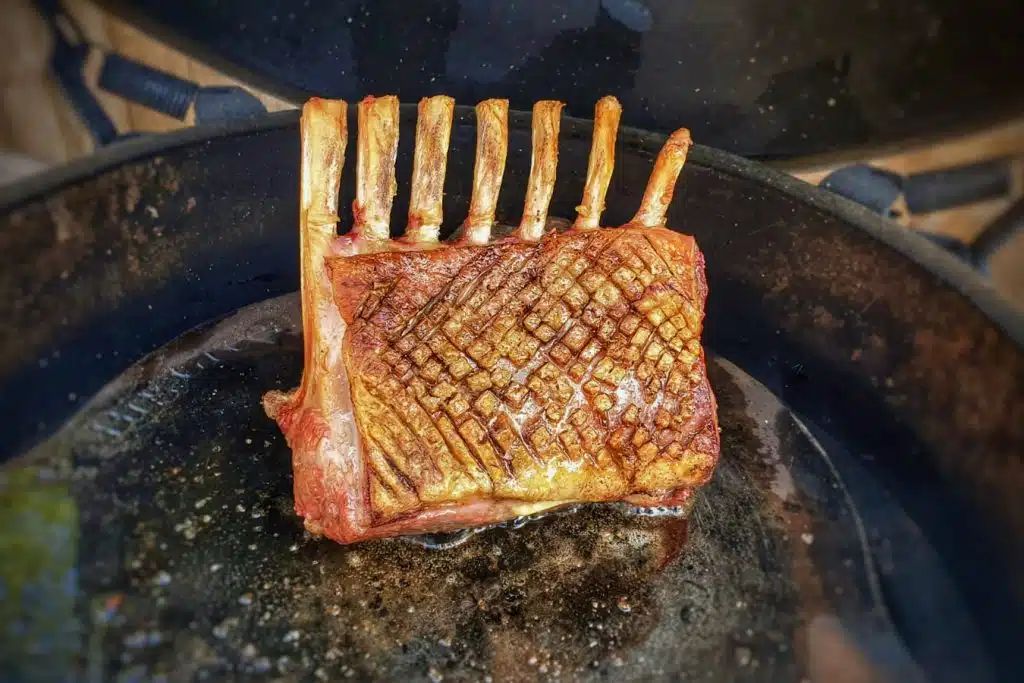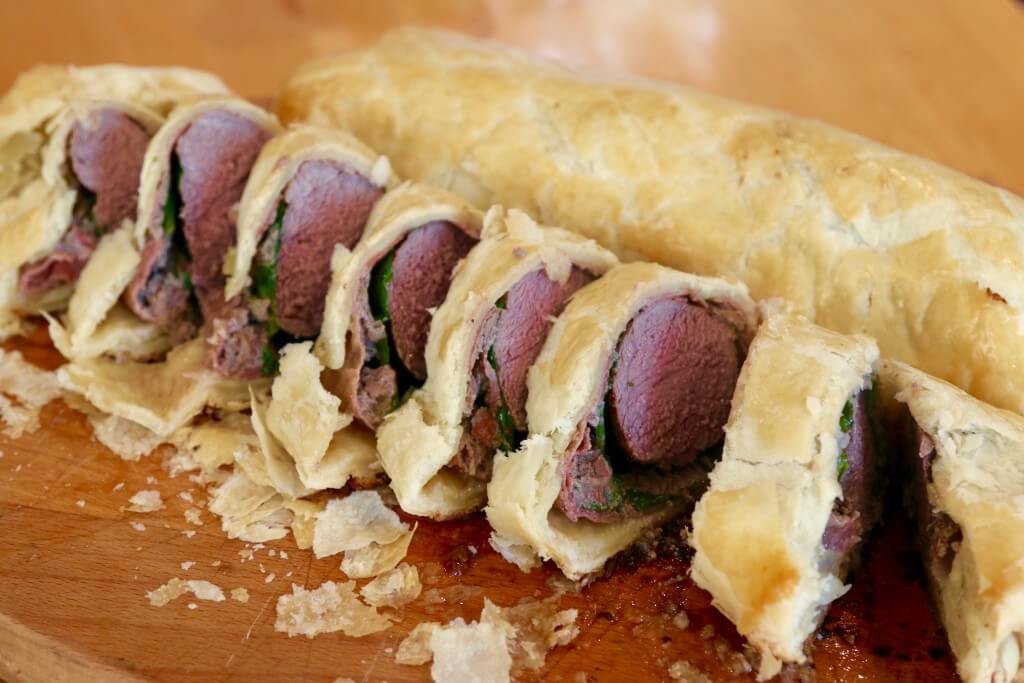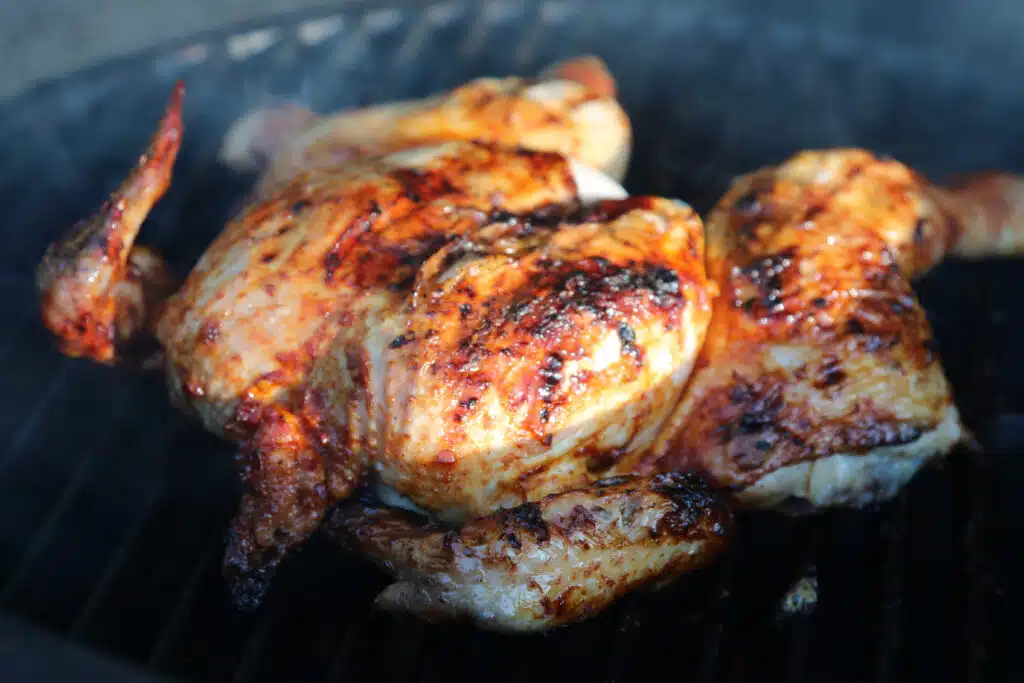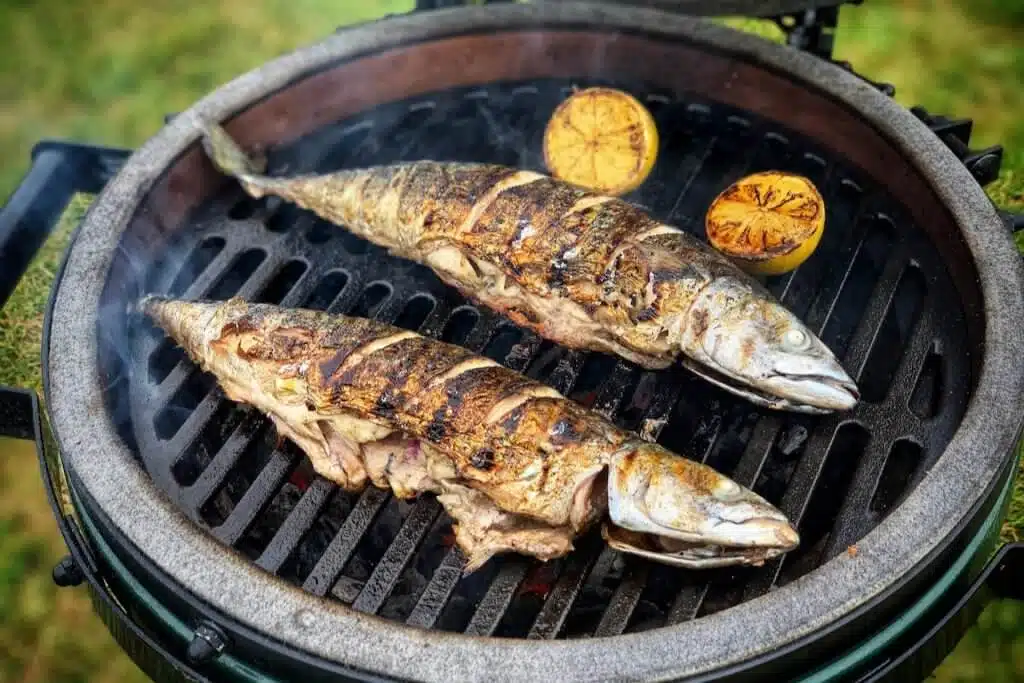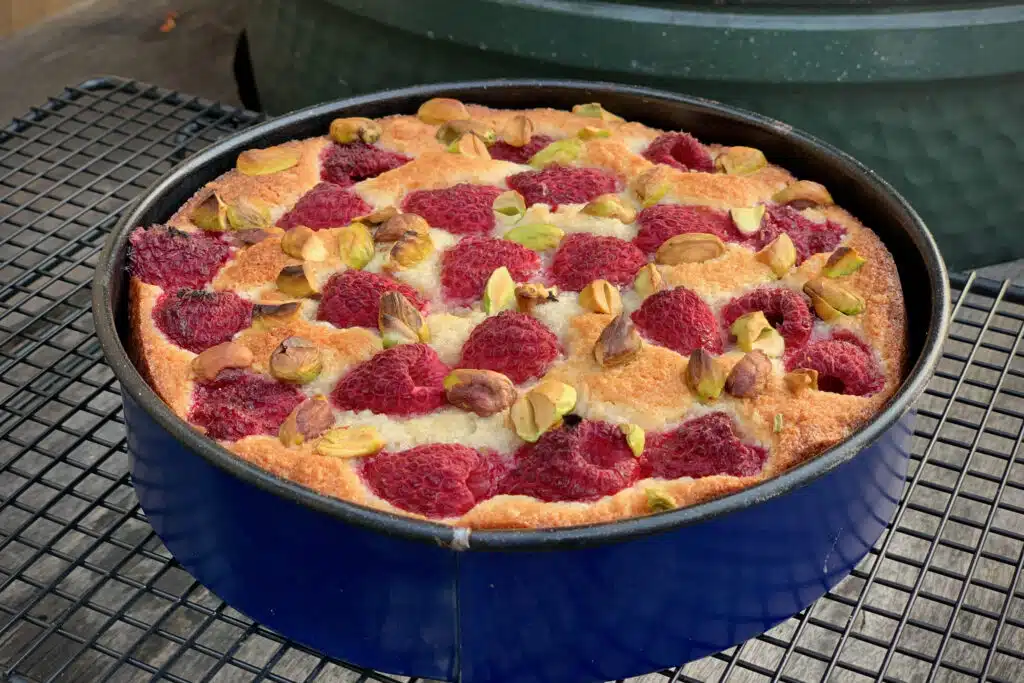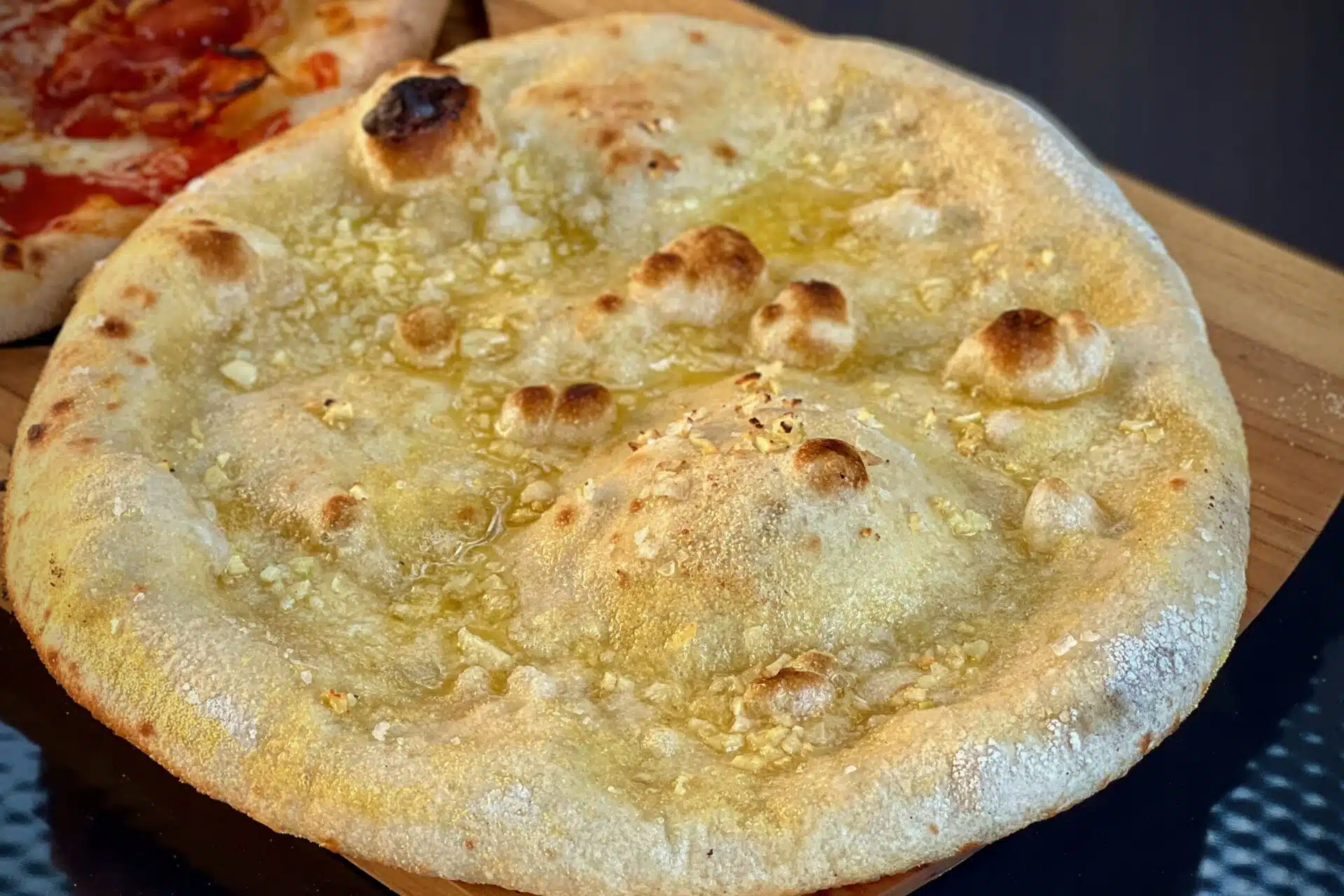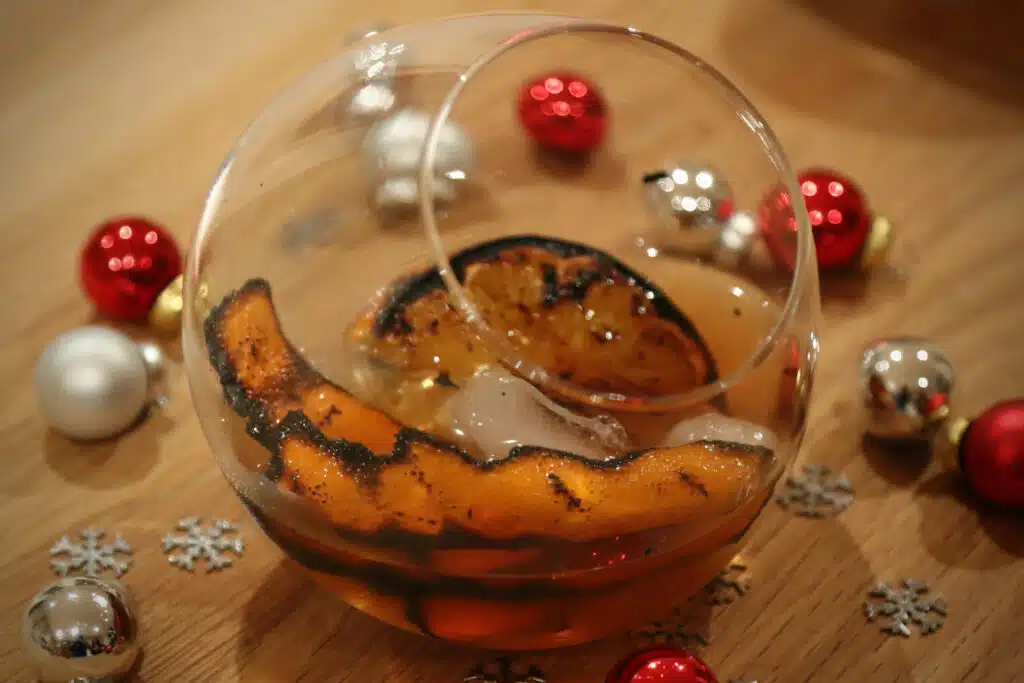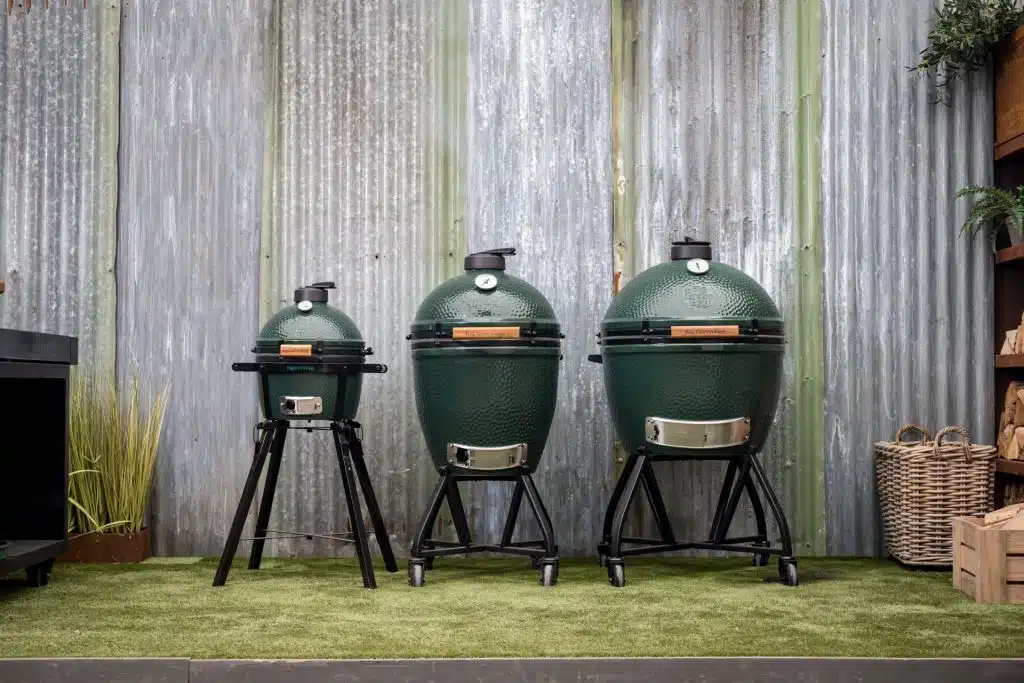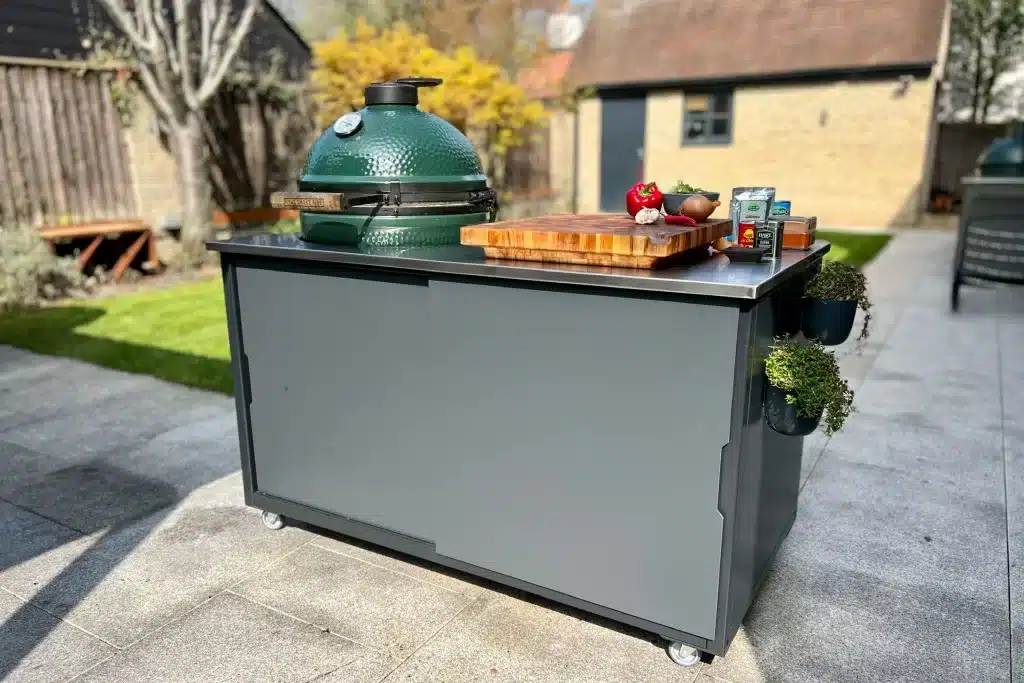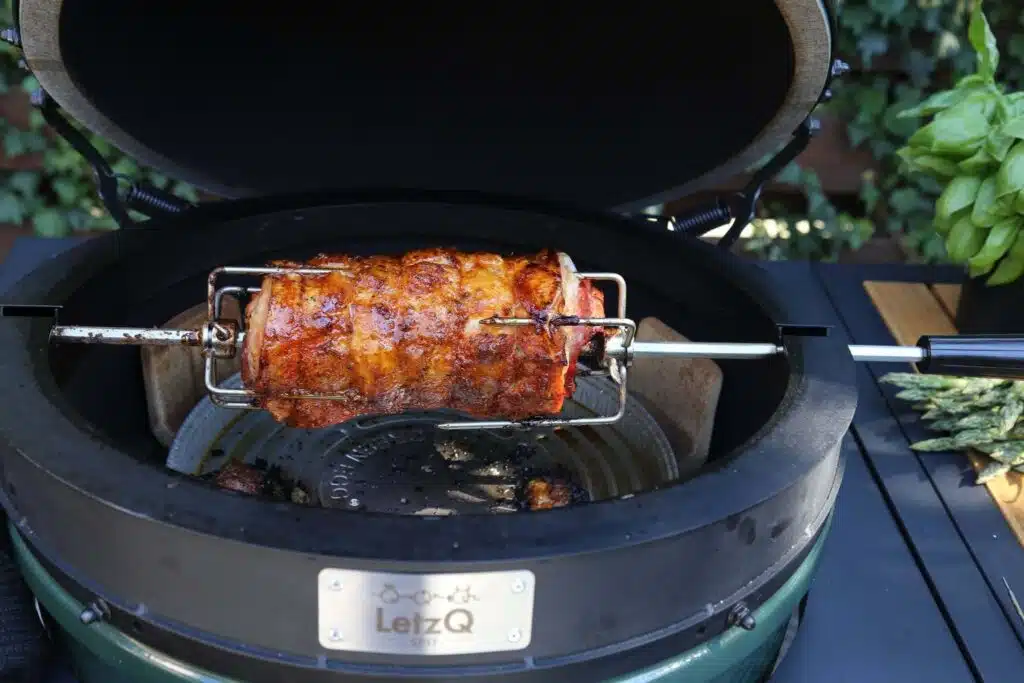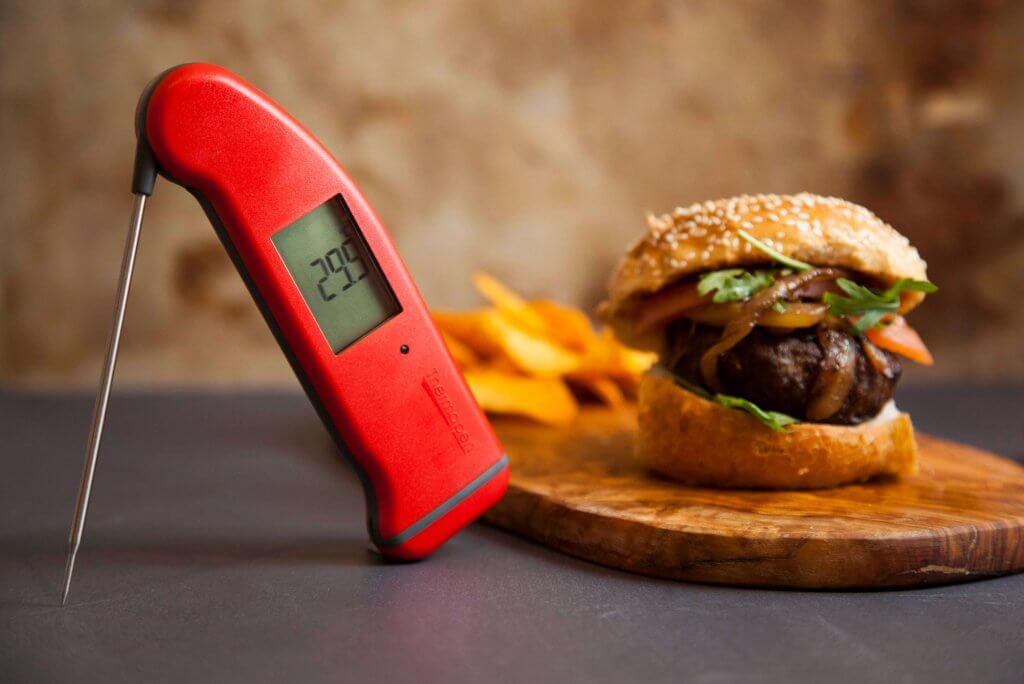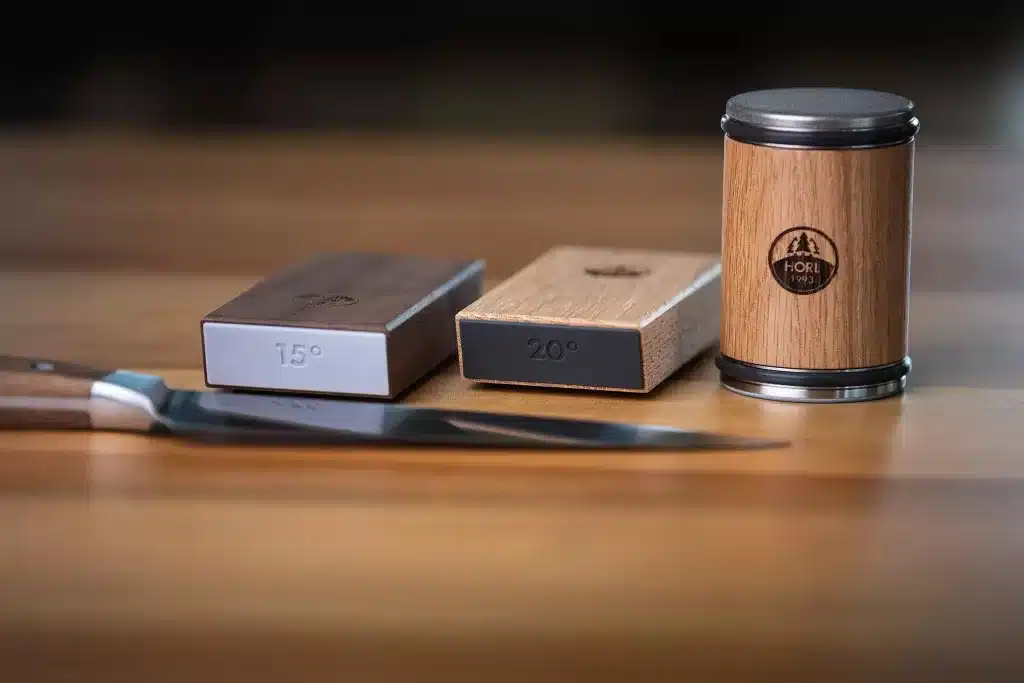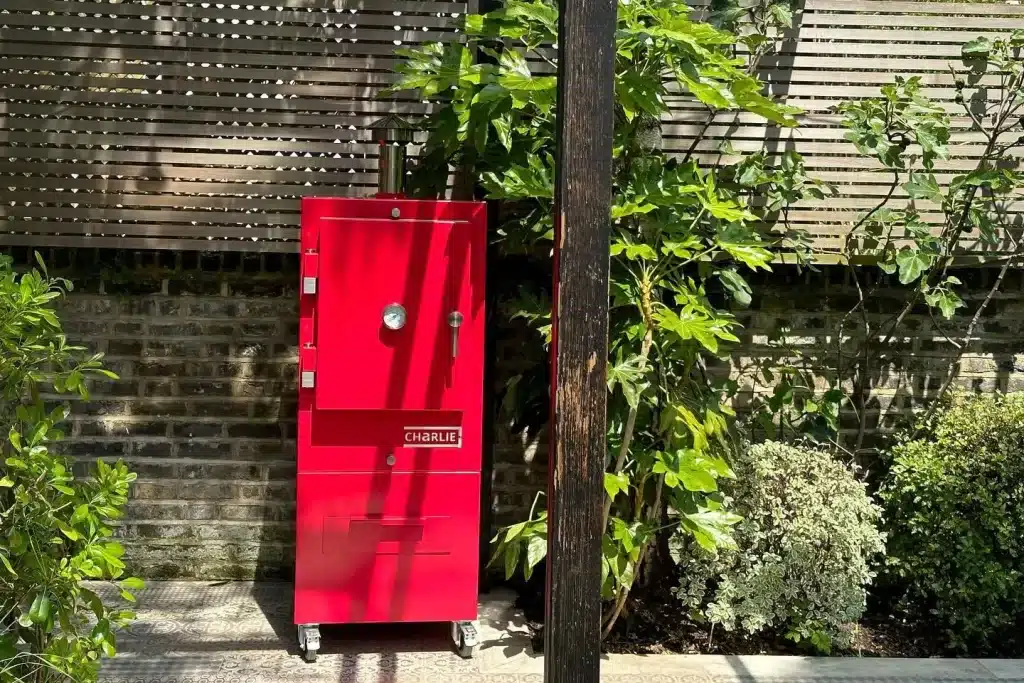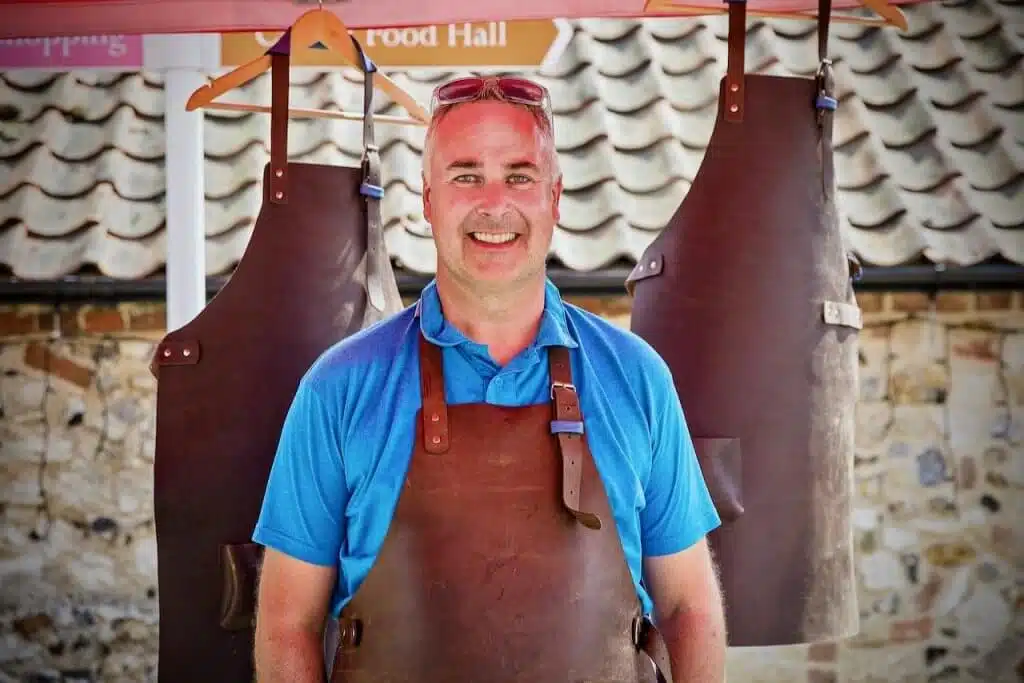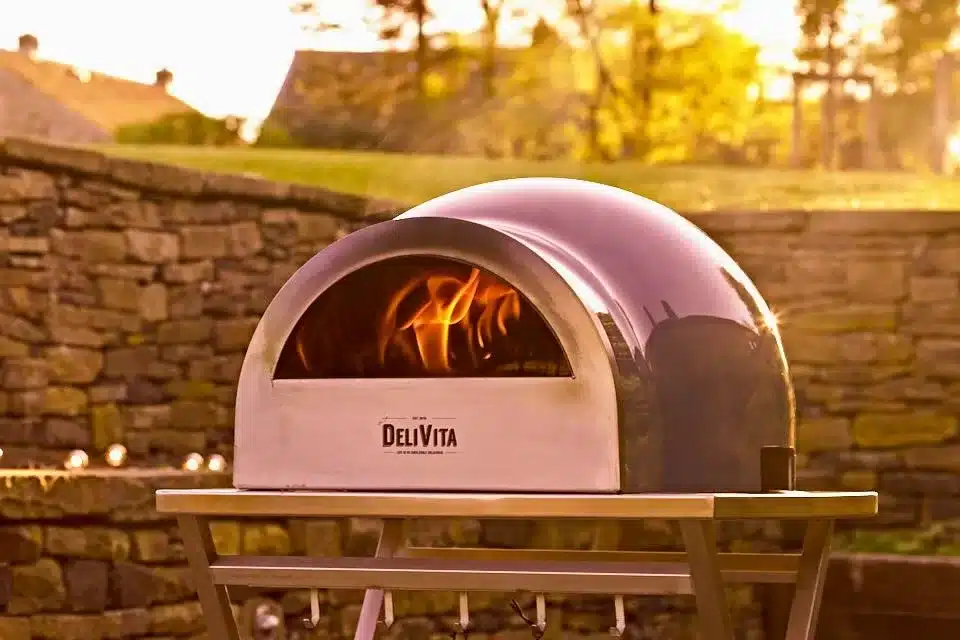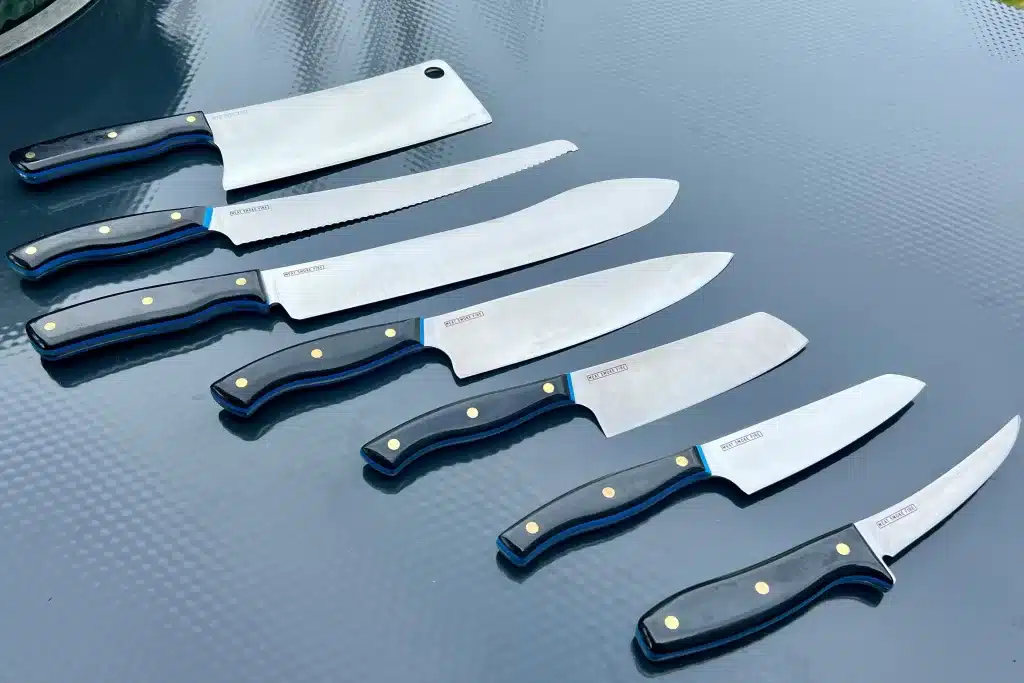Big Green Egg Cooking Class – Steve and Isabel – 11th Sept 2016

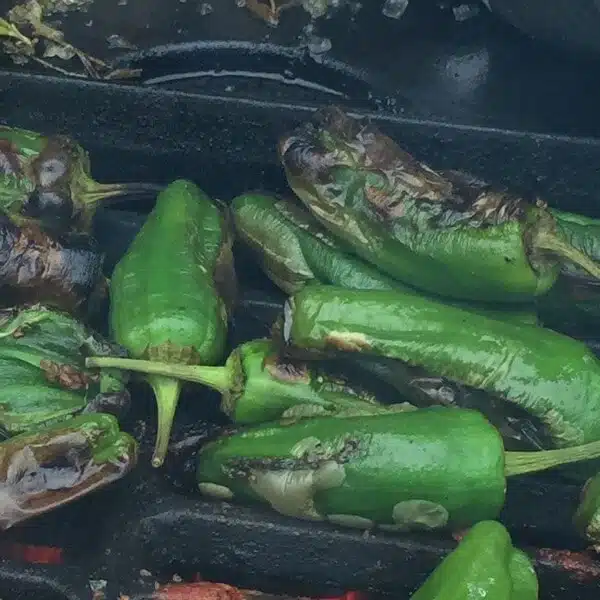

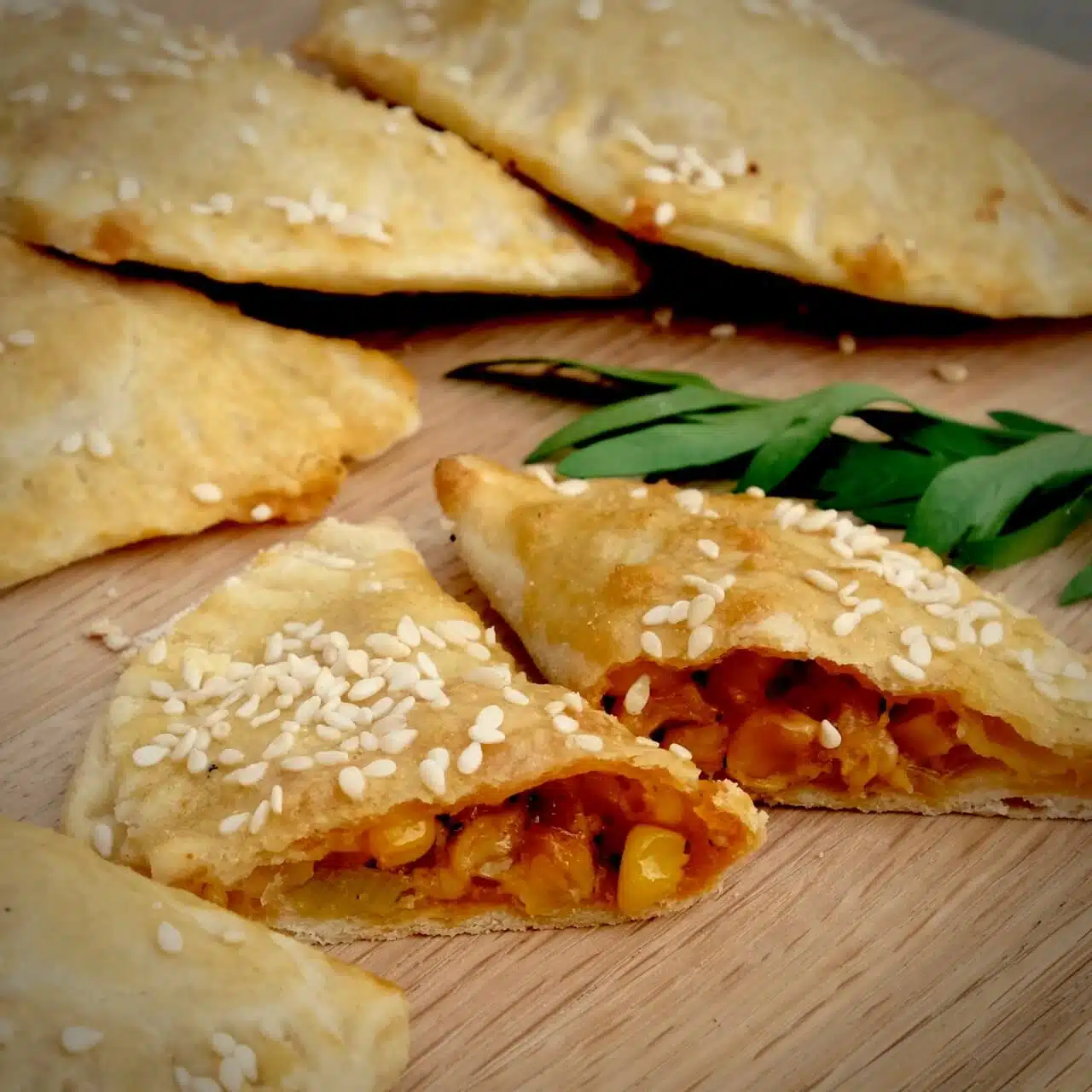
Recipes
Picanha
The technique we used here was a reverse sear where we slowly raised the temperature of the whole piece of meat by cooking it at 110°C until it’s internal temperature was 48°C. We then fired up the BBQ to about 250°C and seared the outside of the picanha before resting it for about 15 minutes and serving in slices.
During this cook we used the wireless thermometer to tell us both the temperature of the Egg (110°C) and the temperature of the meat.
The initial cook was indirect, we used the plate setter feet up with the stainless grid on top. To that we added the meat and cooked slowly until the core temperature reached 48°C (5°C lower than the temperature we were aiming for as the last 5°C would be achieved when we seared the meat).
We then removed the plate setter and opened the air vents to raise the temp to 230-250°C. Normally I would use the cast iron searing grid at this stage but we used the stainless steel grid.
Roast Cauliflower
The technique here was to cook on the back side of the plate setter. We used my MiniMax for this. All I did was wipe down the back of the plate setter with a dry paper towel.
We setup the Egg to cook at 180-200°C with the plate setter in feet down.
I cut the cauliflower into about 7mm thick slices all the way through the cauliflower. I removed most of really thick bit of stalk before cooking. I then added a touch of oil and some maldon salt to the slices (on both sides) and placed them directly onto the plate setter. We then cooked them for about 5 minutes on each side until they start to become golden brown.
Lamb rack, French Trimmed
This would be a great recipe to do with the cauliflower as it also can be cooked on the back of the plate setter (or a ceramic plancha).
Again we setup the Egg in an indirect configuration with the plate setter feet down. We set the temperature of the Egg to 180-200°C.
I scored the fat of the lamb rack in a diagonal pattern with the scoring about 3/4 cm apart. I then added a tiny bit of oil and generously seasoned the lamb with maldon salt.
I then cooked this directly on the plate setter, fat side down for about 15 minutes. At the last minute we turned the lamb to add a little bit of sear to the edges. We used a small piece of foil to support the lamb when it wanted to fall over.
Dirty Lamb Chops
I haven’t yet published a recipe for this.
Here I cut the lamb into rib sections of 2-3 ribs. What we’re looking for is about 2 inches in length.
We setup the Egg at 250°C with no cooking surfaces. Just before we cooked the lamb, we raked the charcoal to knock off some of the ash.
I oiled and salted the lamb before putting it directly onto the charcoal. These were then cooked for about 3 minutes each side, taken off and rested in foil.
Focaccia
This Italian bread is really simple to make and an easy first go at baking on the Egg.
Make a batch of my basic bread recipe and let it rise. Knock it back and split into two portions. Push out each of these dough balls into the bottom of a 30cm x 20cm baking pan, lightly oil the top and cover with cling film. Put to one side to allow it to rise again.
When ready poke it with your fingers to put in the dimples. Drizzle generously with olive oil and sprinkle with salt and herbs (we use rosemary).
Setup your Egg for an indirect cook with the plate setter feet up, stainless steel grid on top and the baking/pizza stone on top of that. Get your Egg to 220°C and give the baking stone a while to heat up (we didn’t leave it long enough).
Cook your focaccia in the tin on the baking stone for about 15 minutes until it’s both golden brown on the top, but also crunchy on the bottom. Allow it to cool on a wire rack before serving.
Planked Salmon
The plank is designed to smoulder while the salmon roasts on top of it, taking on the wood flavour as it cooks.
Soak the planks in water for at least 1 hour before you use them. You can also soak them in other liquids such as:
- Beer, lager or cider.
- A dilution on circus juice.
Get your Egg to 180°C in a direct setup with just the stainless or cast iron grids. Dry the side of the plank you will put the fish onto for about a minute by placing in cooking side down on the Egg.
Take your salmon fillets and place them skin side down onto the plank. Use the grill gripper to move the plank onto the Egg. I put a slice of lemon onto the salmon to show the smoke, not to add flavour. It looks pretty though.
Cook until the salmon has firmed up enough to show it is cooked (about 8-10 mins). Take off the plank with the grill grippers and put onto something heat proof.
Griddled Fennel
I sliced the fennel about 5mm thick though the full length of the fennel bulb. I then applied a little olive oil and maldon salt to each side.
Setup your Egg for about 200°C with the cast iron searing grid directly about the charcoal. Allow the searing grid to heat up.
Cook your fennel for about 3-4mins a side.
You could also cook this like we did the cauliflower and lamb, on the back of the plate setter.
Rib Eye Steak
The secrets to a great steak are:
- Season it beforehand with salt, I usually go for about 15 mins before.
- Get your steak to room temperature before cooking it.
- Make sure it’s a quality piece of meat, rib-eye is my favourite but rump is amazing on the Egg as it stays so moist and has far more flavour than fillet.
- Cook over a moderate heat (250°C-300°C). Some recipes will tell you to go much higher but you’ll dry out the outside of the steak before cooking the middle.
Setup your egg for a direct cook with the cast iron searing grid. Get your Egg to 250°C-300°C and leave it for a few minutes to make surveyor searing grid is nice and hot.
Lightly oil and salt your steaks (not the grill). Place onto the cooking grid and cook until the texture of the steak is right for the level you want it cooked to. Remember putting your thump to your index finger and squeezing the base of your thumb?
Once cooked rest your steak in foil. If you’re doing multiple steaks rest them separately so their heat doesn’t continue to cook each other.
Vertical Roast Chicken
Season your chicken with whatever rub you want. Use a bit of olive oil to make it stick. We used just salt and pepper.
Setup your Egg for 180°C with an indirect setup – plate setter feet up and the stainless steel grid.
If you want you can use a drip pan under your chicken to catch the juices ready to make a gravy. Make sure the drip pan is on top of the stainless steel grid to, not on the plate setter where the juices will evaporate.
Cook your chicken until the internal temperature of the thickest part of the meat is 74°C. Take the chicken off and rest it for 15 minutes wrapped in foil.
Technique
What temperature should I cook at?
The following chart shows meat cooking temperatures depending on your cut of meat and your preferred level of cook:

Cooking temp guide from AmazingRibs.com
Rest your meat
Always remember to rest your meat after cooking it. This give the structure time to relax and reabsorb moisture. It will make your meat taste far more tender and juicy.
Seasoning
I alway use a lot of salt when cooking. Most of it will fall off the food as you cook with it so you can be generous.
You’ll very rarely see me use pepper before a cook though. This is because it can burn easily and become bitter. I’d much rather use pepper after a cook. I would never pepper a steak before a cook as you’re going to cook the steak over a high heat and the pepper would definitely burn.
